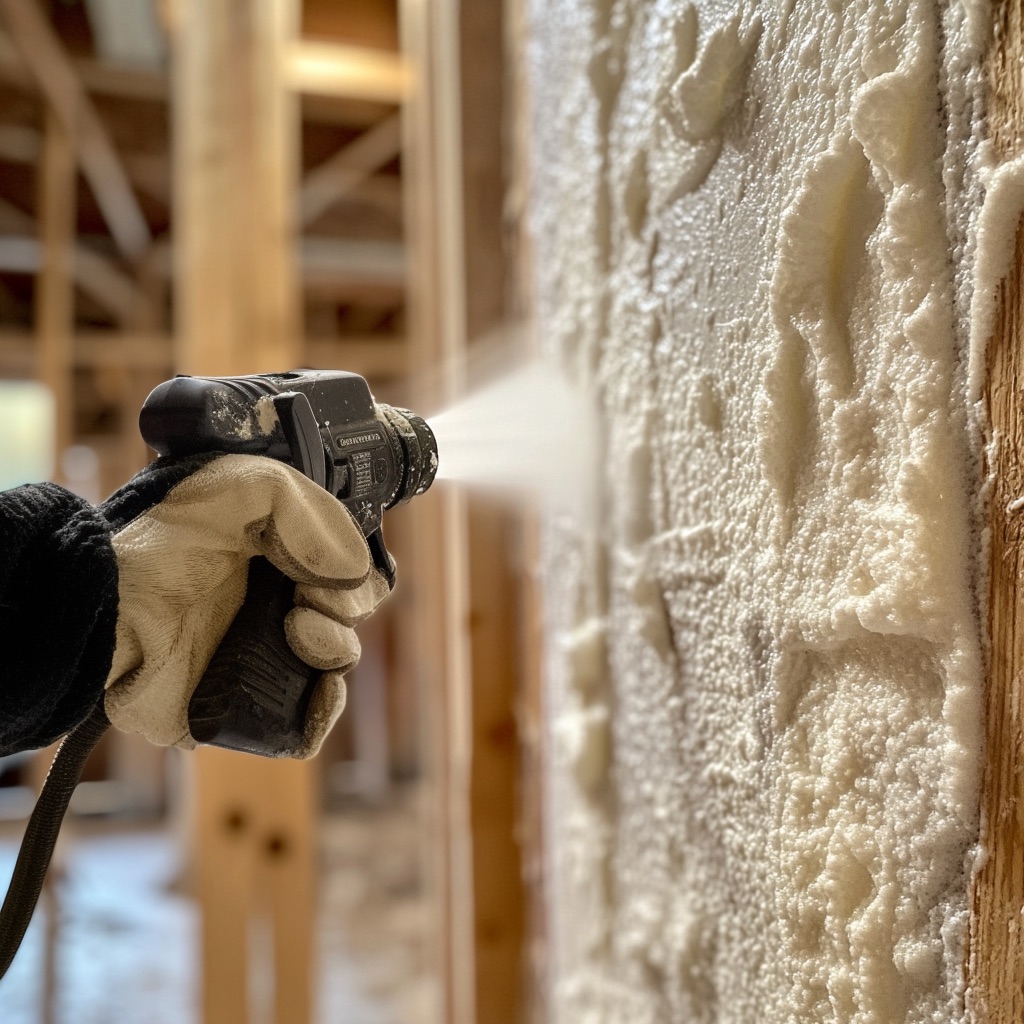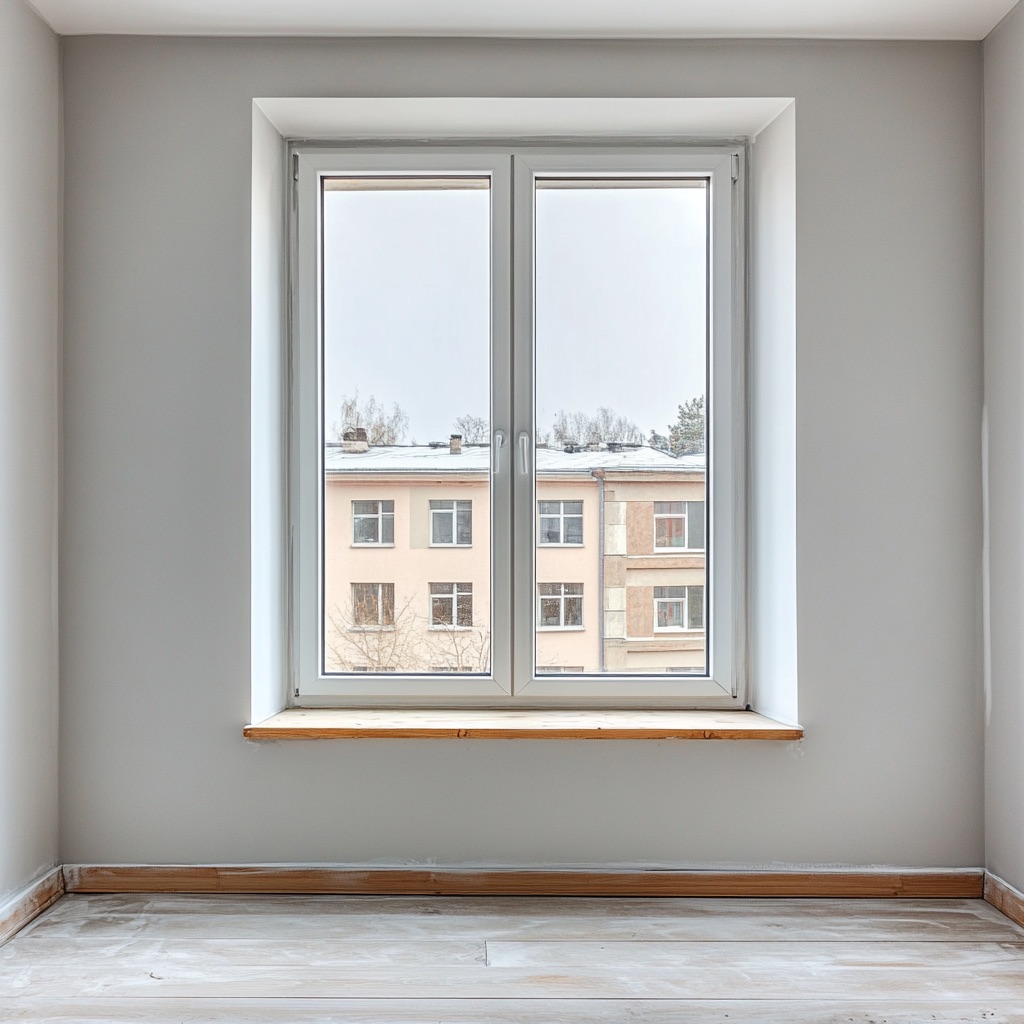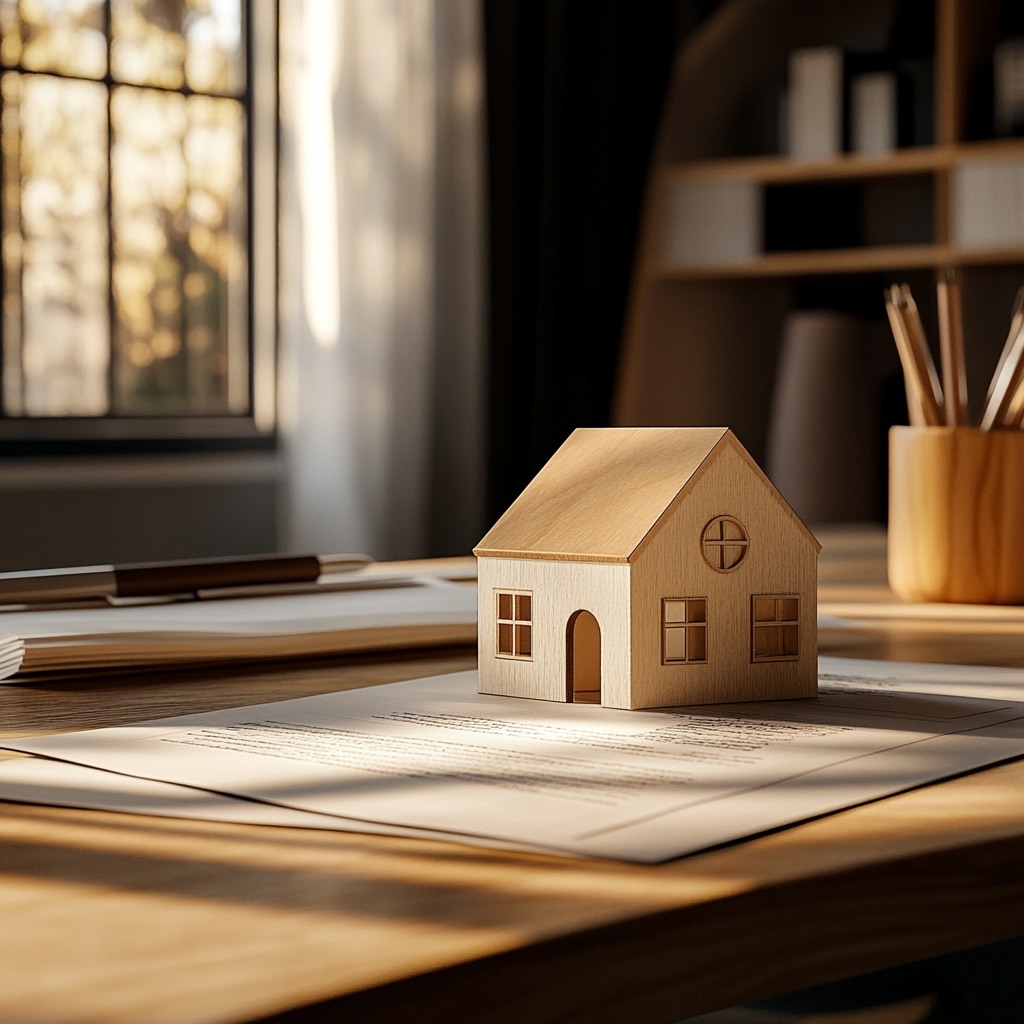Your home is a reflection of your personality and a haven for you and your family. However, over time, it can suffer from wear and tear, natural disasters, or other unexpected events. This guide aims to help you navigate through the process of restoring your home and making it a comfortable and welcoming space once again.
Whether you are a DIY enthusiast or prefer to hire professionals, these tips will provide you with valuable insight on how to approach home restoration in the best way possible. So let’s get started!
Understanding the Importance of Home Restoration
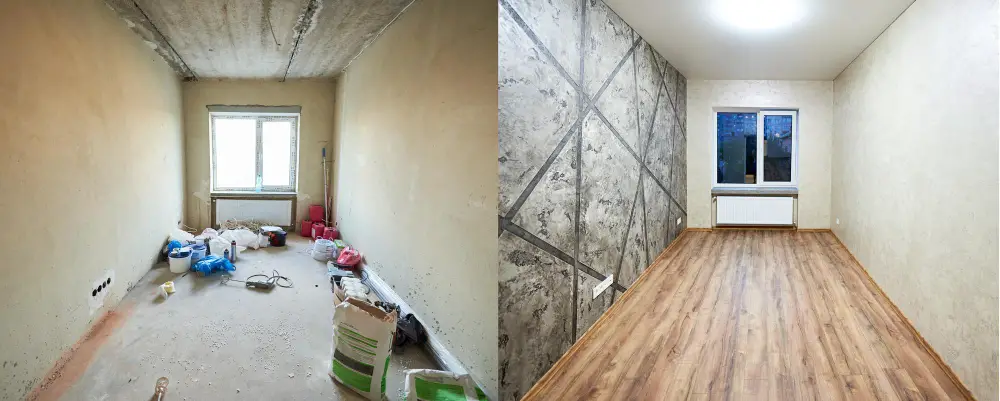
Home restoration is not just about fixing broken structures or giving your home a new look. It goes beyond that and encompasses the safety, functionality, and overall well-being of your household. Neglecting necessary repairs and maintenance can lead to bigger problems in the future, which can be costly and potentially dangerous.
Additionally, restoring your home can also increase its value and improve its curb appeal. Prioritize home restoration to ensure the longevity of your home and the safety of those who live in it.
DIY vs Hiring Professionals: Which Is Right for You?
Deciding between doing the restoration yourself or hiring professionals can be a challenge. Both options have their pros and cons, and what is right for one homeowner may not be suitable for another.
If you are experienced in DIY projects and have the time and resources to dedicate to restoring your home, then doing it yourself may be a good option. However, if the damage is extensive or requires specialized skills, it may be best to leave it in the hands of professionals.
Whether you need professionals from Cut and Dry Restoration or another reputable company, make sure to research and compare different options to find the best fit for your needs and budget. The most important thing is to ensure that the restoration is done effectively and safely. So evaluate your abilities and resources before making a decision.
Assessing the Damage: Where to Begin
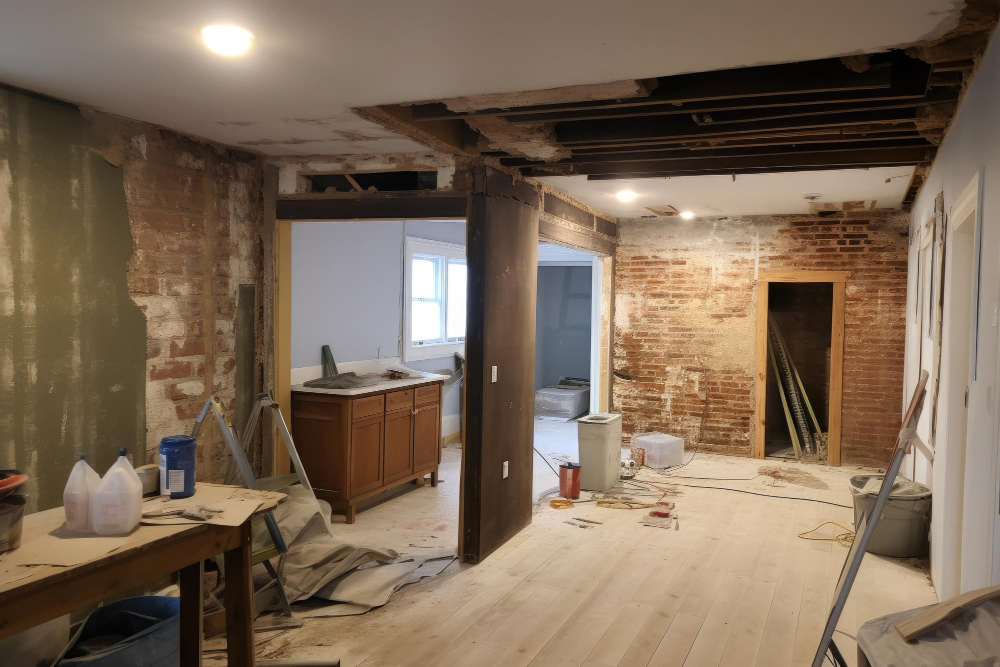
The first step in any home restoration project is to assess the damage and determine the extent of the repairs needed. Start by taking a thorough walk-through of your home, inspecting each room, and noting down any visible damage or areas that require attention. This can include cracks in walls or ceilings, leaks, mold growth, or damaged appliances.
It’s also essential to check for any structural damage that may compromise the safety of your home. Once you have a comprehensive list, prioritize the repairs based on urgency and budget. If you’re not sure about the severity of the damage or how to fix it, it’s best to consult a professional for guidance.
Budgeting for Home Restoration
Home restoration can be costly, so you need to establish a budget before starting repairs. Begin by setting funds aside for essential fixes like leaks or structural damage. Allocate additional funds for aesthetic changes or upgrades. Also, account for unexpected expenses during the restoration process.
If working with professionals, get quotes from multiple companies to find a cost-effective option. Consider your own time and labor if doing the restoration yourself. Prioritize necessary repairs over cosmetic changes for a safe and functional home.
Choosing Materials and Suppliers
Quality materials are essential for the longevity and safety of your home, so don’t compromise on their quality to save costs. Do your research and select reputable suppliers that offer good quality materials at reasonable prices. Consider eco-friendly options as well to reduce your carbon footprint.
If you’re working with professionals, they may have preferred suppliers, but it’s always a good idea to do your research and compare prices. Moreover, consider the availability of materials in your area and choose ones that are easily accessible to avoid delays in the restoration process.
Keeping Your Home Safe During Restoration Projects
During home restoration projects, prioritize safety for everyone involved. If you’re doing the restoration yourself, make sure to wear protective gear and follow safety protocols when using tools or handling hazardous materials. Keep children and pets away from the work area and ensure that they are supervised at all times.
If you’re working with professionals, make sure to ask about their safety protocols and ensure they have insurance coverage. It’s also important to secure your home during the restoration process, especially if there are open walls or windows.
This will not only keep your belongings safe but also prevent any accidents or injuries. Finally, make sure to communicate clearly with everyone involved in the project to avoid miscommunication and potential safety hazards.
Home restoration is a crucial process for maintaining the safety and well-being of your household. Whether you choose to DIY or hire professionals, prioritize necessary repairs and allocate a realistic budget.
Choose quality materials and suppliers, and ensure safety measures are in place during the restoration process. With these tips in mind, you can successfully restore your home and create a comfortable and welcoming space for you and your family to enjoy.
Recap
